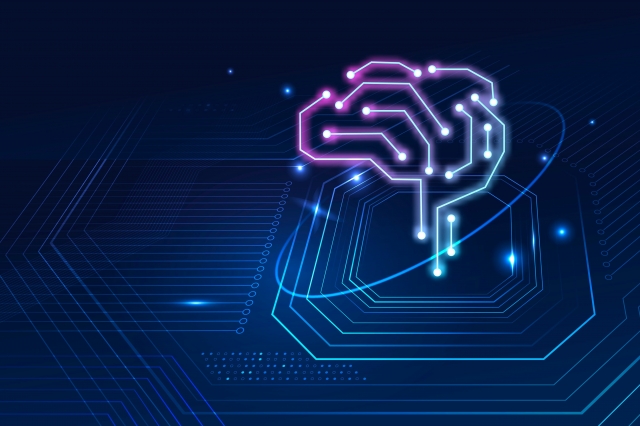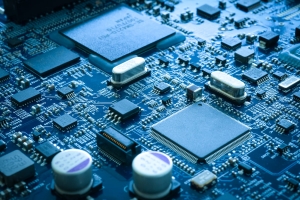Introduction
As computer vision applications continue to advance, implementing MLOps practices has become essential for ensuring scalable, reliable, and efficient machine learning (ML) model deployment. MLOps (Machine Learning Operations) integrates DevOps principles into the ML lifecycle, automating processes such as model training, deployment, monitoring, and management. This article explores the best MLOps best practices for computer vision applications, ensuring optimized performance and seamless operationalization.
Why MLOps is Essential for Computer Vision
Computer vision models require continuous training, data management, and real-time monitoring to maintain accuracy. Without MLOps Services, these processes become inefficient, leading to poor model performance and increased operational costs. Key benefits of MLOps in computer vision include:
-
Automated Model Training and Deployment
-
Improved Model Performance with Continuous Monitoring
-
Efficient Data Management for Large-Scale Image Processing
-
Scalability Across Different Edge and Cloud Environments
-
Compliance with Security and Governance Standards
Key MLOps Practices for Computer Vision Applications
1. Automated Data Pipeline for Image Processing
Computer vision models rely on large datasets, making data ingestion, preprocessing, and augmentation critical. MLOps enables:
-
Automated data labeling and annotation
-
Data versioning for tracking dataset changes
-
Preprocessing pipelines for resizing, normalization, and augmentation
2. Continuous Integration and Continuous Deployment (CI/CD) for Vision Models
MLOps implements CI/CD practices to automate:
-
Frequent model retraining to adapt to new data
-
Automated testing for model validation
-
Seamless deployment with containerized solutions (Docker, Kubernetes)
3. Model Performance Monitoring and Drift Detection
Computer vision models can degrade over time due to data drift. MLOps enables:
-
Real-time model monitoring using tools like Prometheus and Grafana
-
Automated alerts for performance degradation
-
Retraining triggers when accuracy drops
4. Scaling Computer Vision Applications with Cloud and Edge Computing
Deploying computer vision models across different environments requires scalable infrastructure. MLOps helps by:
-
Optimizing models for edge devices (TensorFlow Lite, ONNX, OpenVINO)
-
Utilizing cloud-based AI services for large-scale processing
-
Load balancing and auto-scaling for real-time video analytics
5. Ensuring Model Explainability and Governance
MLOps ensures transparency in AI models by:
-
Tracking model lineage and experiment metadata
-
Ensuring compliance with AI ethics and regulatory standards
-
Implementing explainable AI (XAI) techniques for decision transparency
Tools and Frameworks for MLOps in Computer Vision
| Category | Tools |
|---|---|
| Data Versioning | DVC, Pachyderm |
| Model Training & Experiment Tracking | MLflow, Weights & Biases |
| Deployment & Orchestration | Kubernetes, TensorFlow Serving, FastAPI |
| Monitoring & Logging | Prometheus, Grafana, ELK Stack |
| Edge Deployment | TensorFlow Lite, OpenVINO, NVIDIA Triton |
Conclusion
Implementing MLOps practices for computer vision applications is crucial for ensuring model scalability, reliability, and efficiency. By automating data pipelines, enabling continuous integration, and optimizing deployment for cloud and edge environments, organizations can enhance their AI-driven computer vision solutions.
Adopting the right MLOps tools and workflows will future-proof your AI models, ensuring continuous improvement and operational success.






